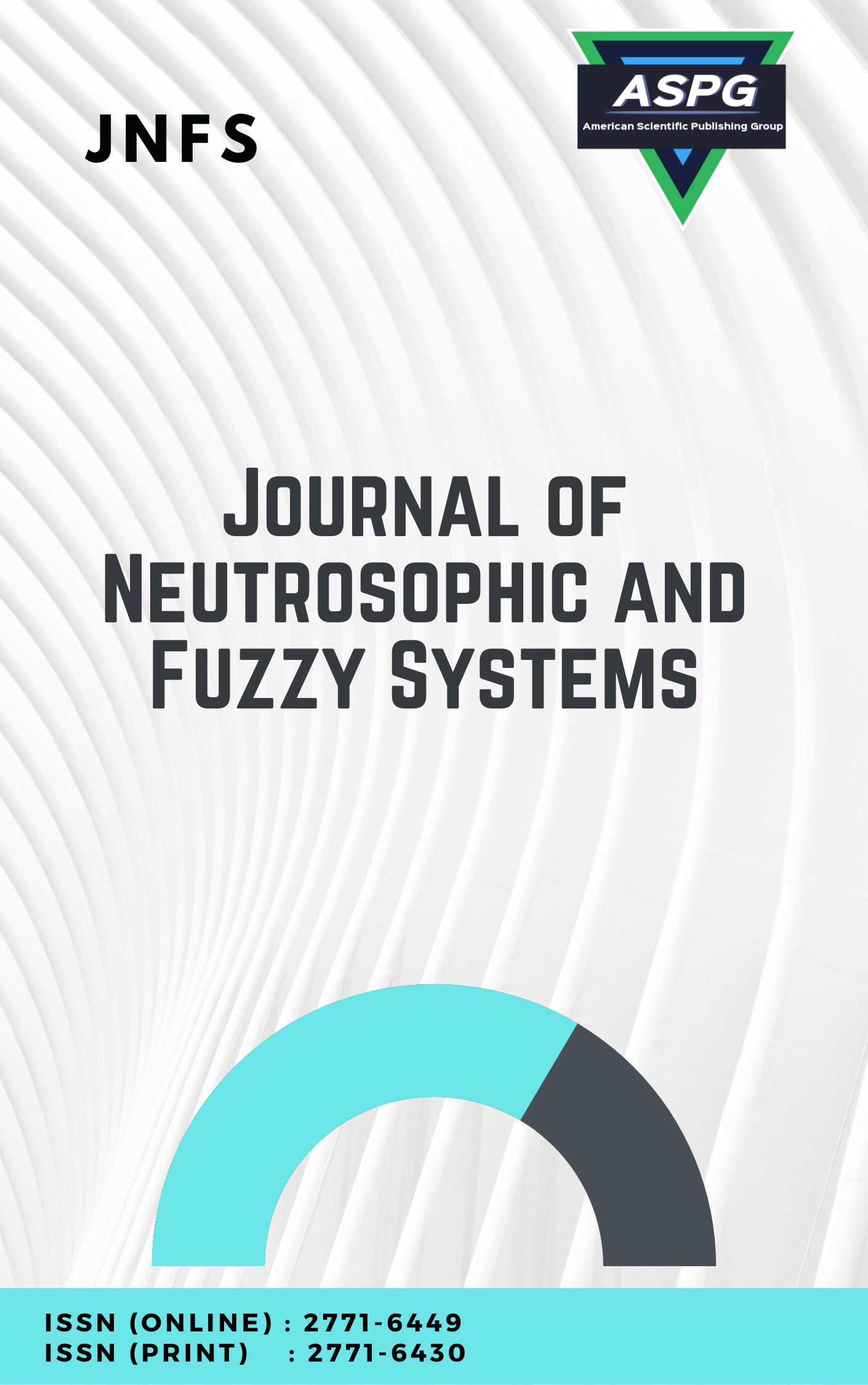

Volume 2 , Issue 2 , PP: 31-43, 2022 | Cite this article as | XML | Html | PDF | Full Length Article
Venkata Sravan Telu 1 , Vinay Padimi 2
Doi: https://doi.org/10.54216/JNFS.020203
Stroke, also known as a brain attack, happens when the blood vessels are blocked by something or when the blood supply to the brain stops. In any of these cases, the brain becomes damaged or dies. Our brain controls every action in our body, like how many hormones are produced and released, breathing, memory, and everything. If the flow of blood to the brain gets occluded, then the cells in the brain start to die within a moment due to the lack of oxygen. This eventually causes strokes. Stroke is one of the most common causes for death globally. According to the World Health Organization (WHO), stroke is responsible for 11% of global deaths. So, in this paper, we propose a novel machine learning model with supervised learning techniques that can predict whether a person is likely to get a stroke or not by taking medical inputs such as medical risk factors which can cause strokes like smoking status, heart disease, glucose value, and hypertension. This paper compares various state-of-the-art machine learning algorithms, such as the Support Vector Machine (SVM), random forest, KNN algorithms, etc. Our simulation results show that the proposed scheme increases accuracy significantly (94.6%) and improves system performance.
Machine Learning, Brain Stroke, KNIME, Random Forest, Support Vector Machine, Cross-validation
[1] K. Akash, H. Shashank, S. .S, and T. A.M, “Prediction of Stroke Using Machine Learning,” Jun. 2020.
[2] A. Kshirsagar, H. Goyal, S. Loya, and A. Khade, “Brain Stroke Prediction Portal Using Machine Learning,” vol. 07, no. 03, p. 7, 2021.
[3] N. V. Chawla, K. W. Bowyer, L. O. Hall, and W. P. Kegelmeyer, “SMOTE: Synthetic Minority Over-sampling Technique,” J. Artif. Intell. Res., vol. 16, pp. 321–357, Jun. 2002, doi: 10.1613/jair.953.
[4] D. Berrar, “Cross-Validation,” 2018. doi: 10.1016/B978-0-12-809633-8.20349-X.
[5]“Medical Data Classification with Naive Bayes Approach.” https://scialert.net/abstract/?doi=itj.2012.1166.1174 (accessed Apr. 14, 2022).
[6] “Evaluating the Performance of Supervised Classification Models: Decision Tree and Naïve Bayes Using KNIME - VIT University.” https://research.vit.ac.in/publication/evaluating-the-performance-of-supervised (accessed Apr. 14, 2022).
[7] A. P. Bradley, “The use of the area under the ROC curve in the evaluation of machine learning algorithms,” Pattern Recognit., vol. 30, no. 7, pp. 1145–1159, Jul. 1997, doi: 10.1016/S0031-3203(96)00142-2.
[8] https://www.knime.com/
[9] https://www.kaggle.com/datasets/fedesoriano/stroke-prediction-dataset
[10]https://towardsdatascience.com/accuracy-recall-precision-f-score-specificity-which-to-optimize-on-867d3f11124.